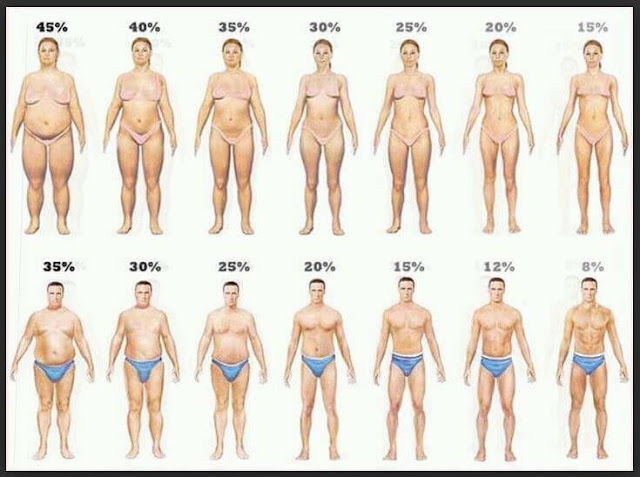Body Fat Percentage
People who decide to lose weight too often focus on a number on the scale rather than what they really want to lose - fat. The biggest disadvantage of using weight loss as the ultimate measure of success is that the amount of weight lost has no bearing on what was lost, fat or muscle, yet losing fat, as opposed to muscle, has a large effect on a positive outcome. Too much muscle loss results in a smaller, yet still flabby, version of the dieter while increased fat loss results in more desirable muscle tone.
Measuring Body Fat, the First Step to Fat Loss Success
There are many methods of estimating body fat percentage, but some are more easily accessible than others. Several methods, such as underwater testing and the DEXA test are very accurate, but impractical for repeated measurements. Better options for those hoping to improve their body composition are skin-fold calipers and bio-electric impedance devices.Measuring Body Fat Percentage Using Skin-fold Calipers
Skin-fold calipers are small devices used to measure the thickness of skin pinches at precise locations on the body. There are several protocols, including a 3-site test, as well as a 7-site test, that are accurate, but require someone else to perform the test due to the pinch locations. The thickness of the pinches are totaled and a body fat percentage is determined based on gender and age.For those interested in a convenient method of performing a skin-fold body fat test on themselves, Accumeasure makes an inexpensive, skin-fold caliper that gives reasonable results from an accessible, single-pinch location.













0 comments: